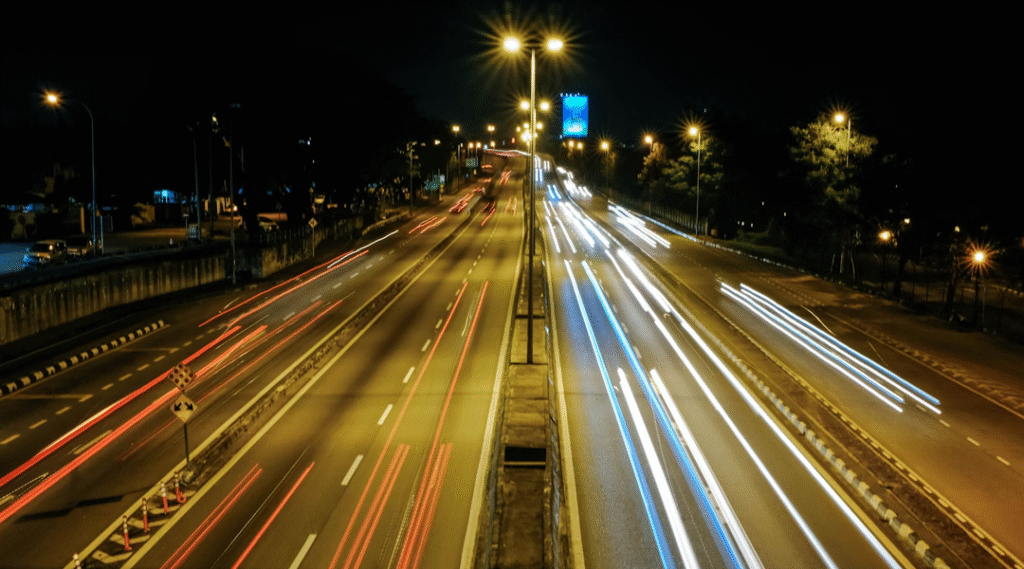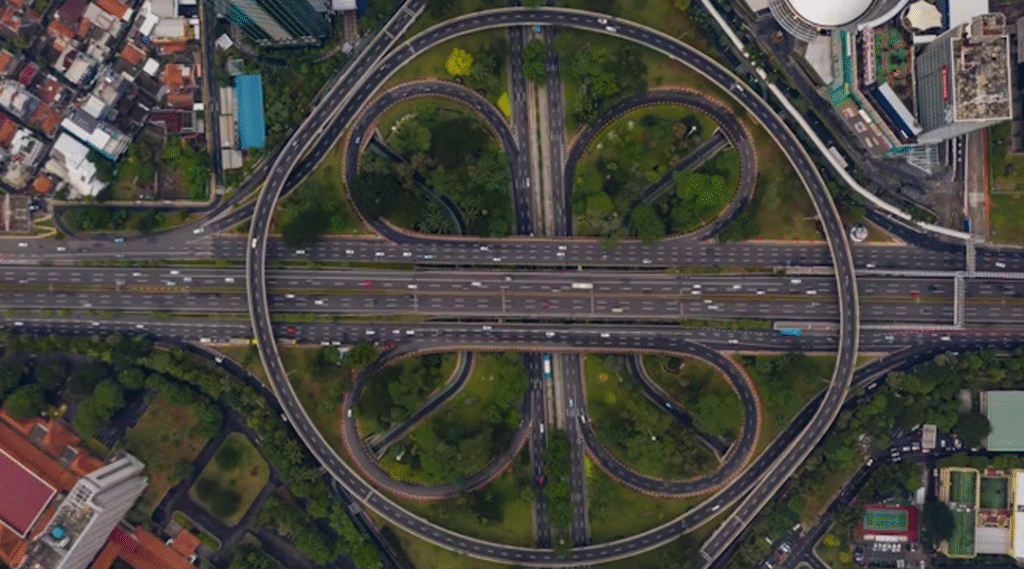As cities swell and vehicles multiply, traditional traffic management struggles to keep pace. Enter smart traffic—an intelligent, data-driven approach that leverages cutting-edge technologies to improve safety, reduce congestion, and make urban mobility more efficient. Whether you’re a city planner, technology enthusiast, or simply curious about the future of transportation, this guide will walk you through the essentials of smart traffic systems and why they matter.
1. Defining Smart Traffic
At its core, smart traffic refers to an ecosystem of interconnected devices, software, and communication frameworks that collect real-time traffic data, analyze it, and automatically adjust road operations to optimize flow. Rather than relying on fixed timers and manual interventions, these systems use sensors, cameras, and algorithms to adapt to changing conditions—minimizing stops, rerouting vehicles around incidents, and even coordinating with emergency services.
2. Why Smart Traffic Matters
- Reduced Congestion: By dynamically adjusting signal timings, smart traffic can slash wait times at intersections and smooth out peaks in vehicle flow.
- Enhanced Safety: Faster detection of collisions or stalled vehicles lets authorities respond more quickly, while predictive analytics can flag high‑risk situations before they escalate.
- Lower Emissions: Fewer idling vehicles translate to reduced fuel consumption and tailpipe emissions, contributing to cleaner air in dense urban cores.
- Data‑Driven Planning: Planners gain insight into travel patterns, enabling smarter infrastructure investments and targeted traffic calming measures.
3. Key Components of a Smart Traffic System
- Sensing Layer
- Roadside Sensors: Inductive loops, infrared detectors, and magnetometers embedded in pavement detect vehicle presence and speed.
- Cameras: High‑resolution cameras employ computer vision to count vehicles, recognize license plates, and even classify vehicle types.
- Mobile Data: GPS traces from smartphones, in‑vehicle telematics, and ride‑hail services contribute anonymized location data.
- Communication Layer
- Vehicle‑to‑Infrastructure (V2I): Enables vehicles to send location and speed data to traffic signals and vice versa, allowing signals to ‘see’ approaching cars.
- 5G Networks: Ultra‑low latency and high bandwidth support real‑time exchanges between sensors, servers, and vehicles.
- Edge Computing: Processes critical data (e.g., pedestrian crossing requests) locally to ensure millisecond‑level responsiveness.
- Analytics Layer
- Traffic Management Platforms: Centralized dashboards visualize network status and alerts, while AI engines forecast congestion and recommend signal adjustments.
- Predictive Models: Machine learning algorithms trained on historical and live data predict traffic surges, enabling preemptive measures.
- Optimization Engines: Continuous feedback loops fine‑tune signal plans based on actual performance metrics.
- Control Layer
- Adaptive Signal Control: Traffic lights automatically vary green times and cycle lengths to match current demand.
- Dynamic Message Signs: Electronic signs inform drivers of upcoming congestion, detours, or speed recommendations.
- Automated Incident Response: Upon detecting anomalies—such as sudden slowdowns—systems can dispatch alerts to traffic operators or first responders.
4. Real‑World Examples
- Los Angeles, USA: The ATSAC (Automated Traffic Surveillance and Control) network uses over 4,500 traffic signals to optimize flow across the city, reducing travel times by up to 12% during peak hours.
- Singapore: Combining extensive sensor coverage with AI‑powered analytics, Singapore’s intelligent transport system dynamically adjusts signals and offers real‑time route guidance to commuters via mobile apps.
- Barcelona, Spain: A city‑wide network of smart traffic lights and parking sensors that sync with public transit schedules has cut average intersection delays by 21%.
5. Getting Started: What Beginners Should Know
- Pilot Projects Are Key
Most cities start with a handful of intersections or corridors to validate benefits before scaling up. This allows for fine‑tuning of detection hardware and algorithm parameters. - Data Privacy and Security
With massive volumes of vehicle and personal mobility data, robust encryption, anonymization, and access controls are critical to maintain public trust. - Interoperability and Standards
Adhering to common protocols (e.g., NTCIP in the U.S. or DATEX II in Europe) ensures that devices and software from multiple vendors can work seamlessly together. - Cross‑Sector Collaboration
Successful deployments require cooperation between traffic engineers, IT professionals, telecom operators, and local government agencies.
6. The Road Ahead
Smart traffic is still evolving. Upcoming innovations include:
- Integrated Mobility Hubs: Tying traffic systems into public transit, bike‑share, and micro‑mobility services for seamless multi‑modal journeys.
- Autonomous Vehicle Coordination: V2X frameworks that allow self‑driving cars to negotiate right‑of‑way and platoon formations, maximizing road throughput.
- AI‑Driven Policy Simulations: Digital twins that model ‘what‑if’ scenarios—such as new bike lanes or congestion charges—before they’re implemented.
Final Thoughts
Smart traffic systems represent a transformational shift away from static, manual control toward an agile, anticipatory approach to urban mobility. By understanding the foundational components—sensors, networks, AI analytics, and adaptive controls—beginners can appreciate both the promise and the practical challenges of deploying these systems. As smart traffic continues to mature, cities that embrace data‑driven signal management and integrated mobility services will be best positioned to alleviate congestion, enhance safety, and pave the way for the next generation of transport—autonomous, electric, and sustainable.
All articles on this special edition-SMART TRAFFIC:
(#1) What Is Smart Traffic? A Complete Beginner’s Guide
(#2) The Technologies Behind Smart Traffic: From IoT to AI
(#3) Reimagining Urban Roads: Smart Infrastructure in Action
(#4) How AI and Big Data Are Revolutionizing Traffic Management
(#5) Smart Traffic Meets Autonomous Vehicles: A Symbiotic Future
(#6) Smart Traffic Benefits and the Roadblocks Ahead
(#7) Global Smart Traffic Projects: Key Takeaways for Urban Mobility
(#8) Who’s Leading the Smart Traffic Revolution?
(#9) The Future of Smart Traffic: Key Trends for 2025 and Beyond
(#10)Building Ethical, Legal, and Secure Smart Traffic Systems
As for in-depth insight articles about AI tech, please visit our AI Tech Category here.
As for in-depth insight articles about Auto Tech, please visit our Auto Tech Category here.
As for in-depth insight articles about Smart IoT, please visit our Smart IoT Category here.
As for in-depth insight articles about Energy, please visit our Energy Category here.
If you want to save time for high-quality reading, please visit our Editors’ Pick here.



